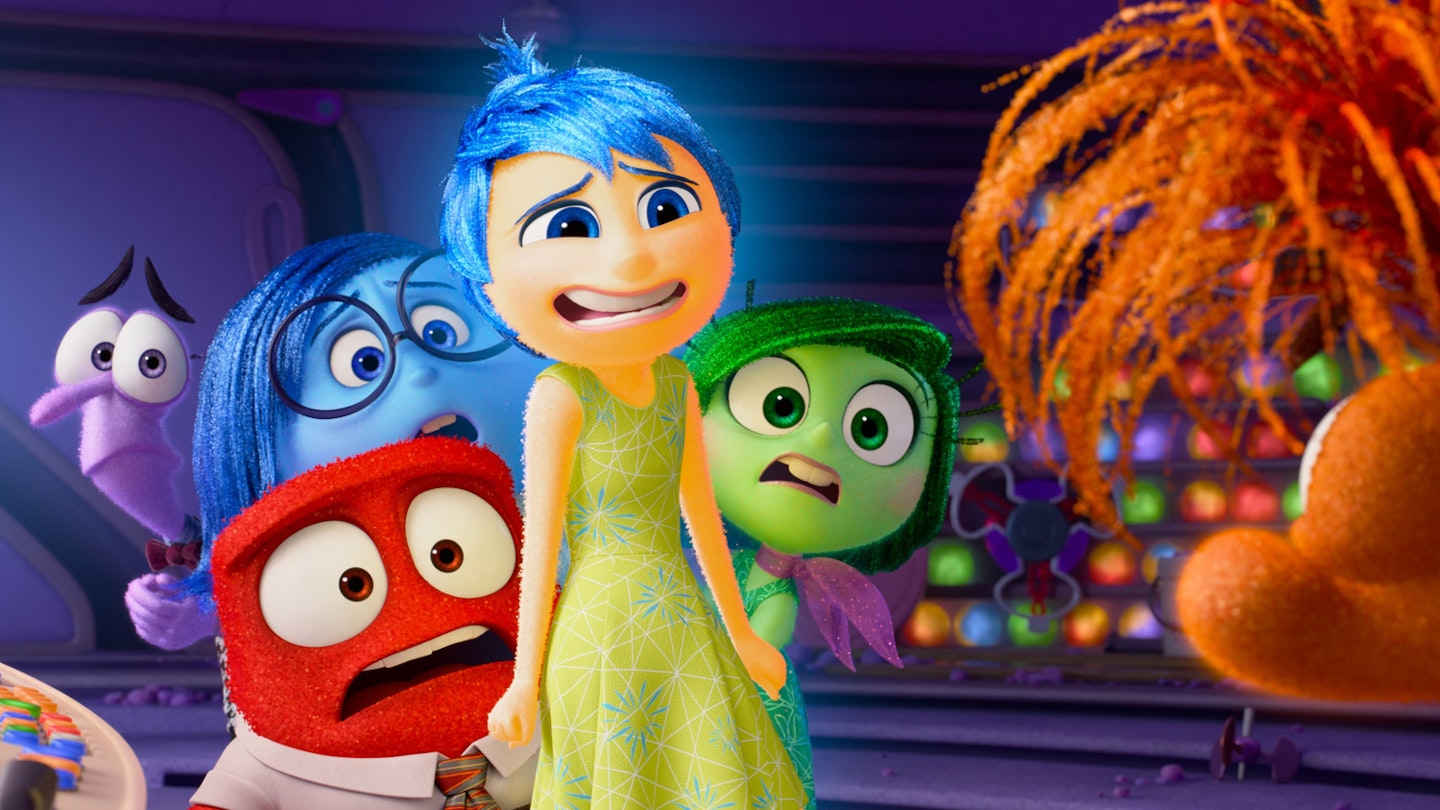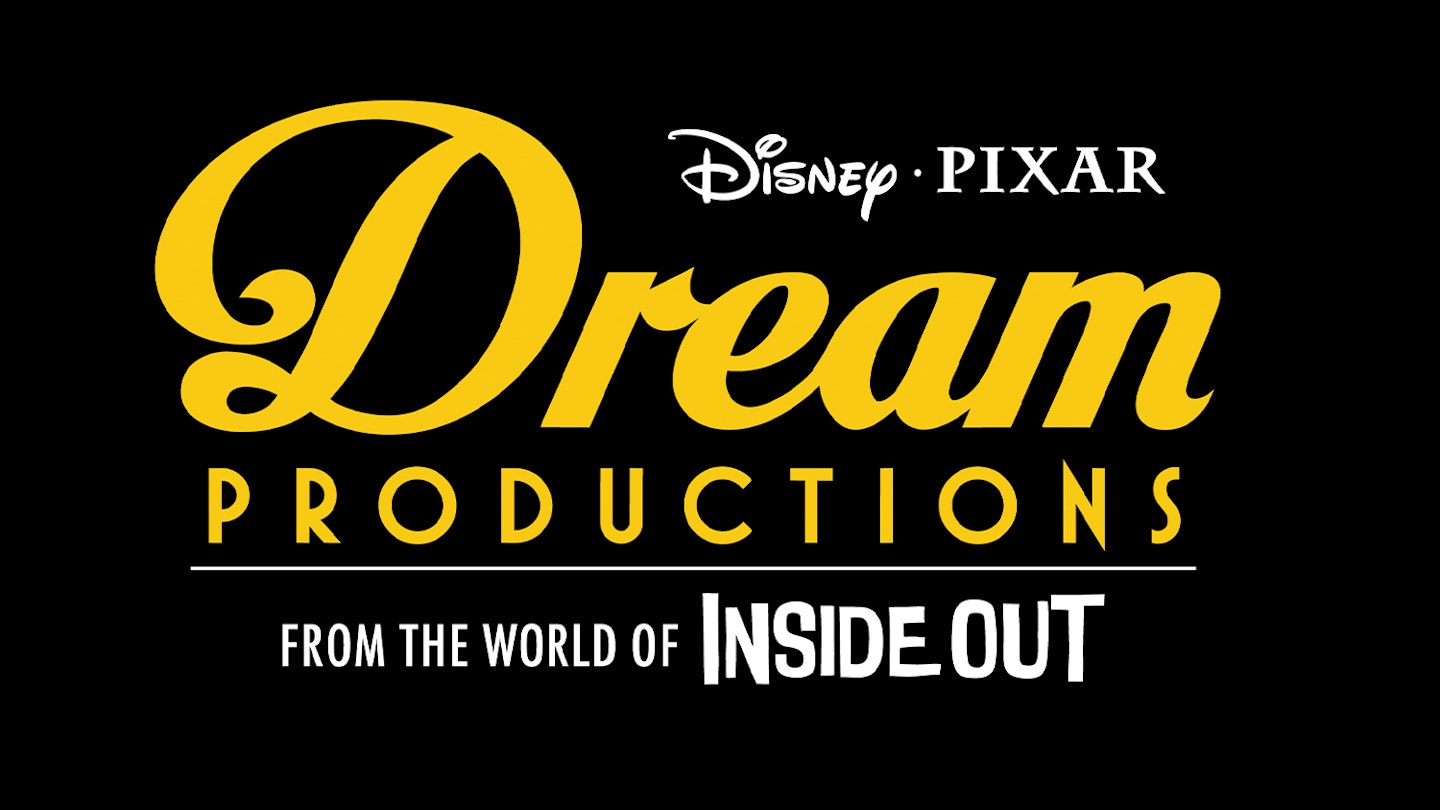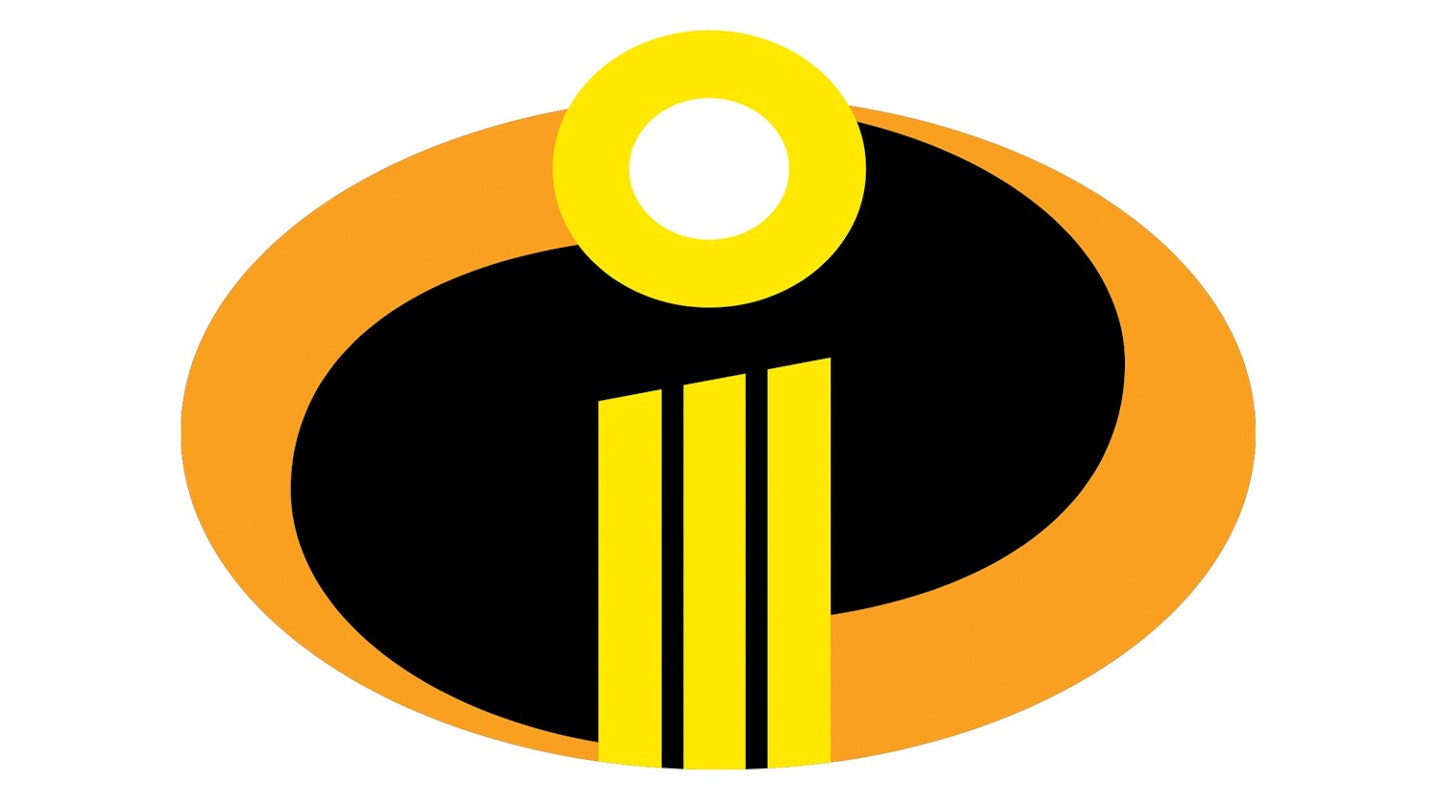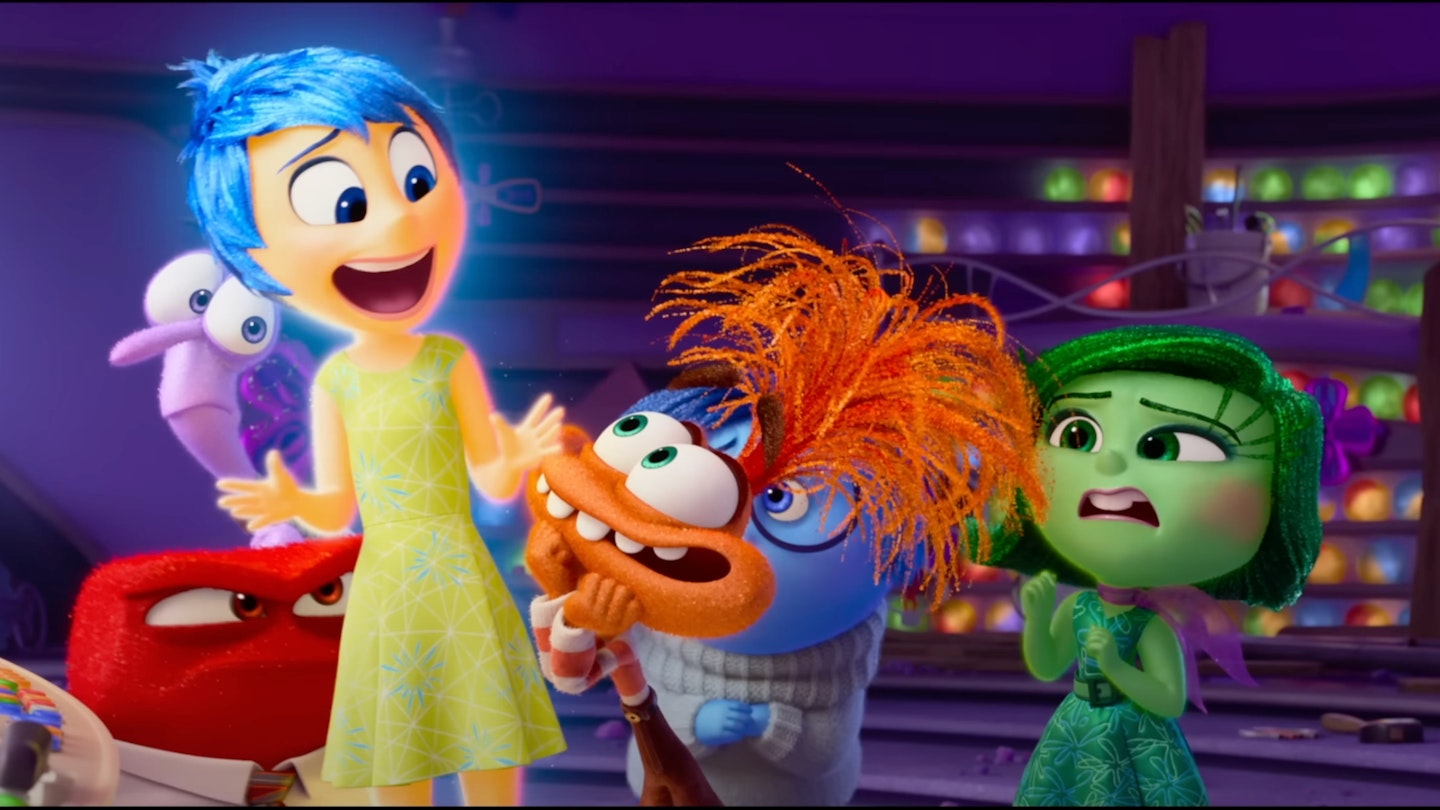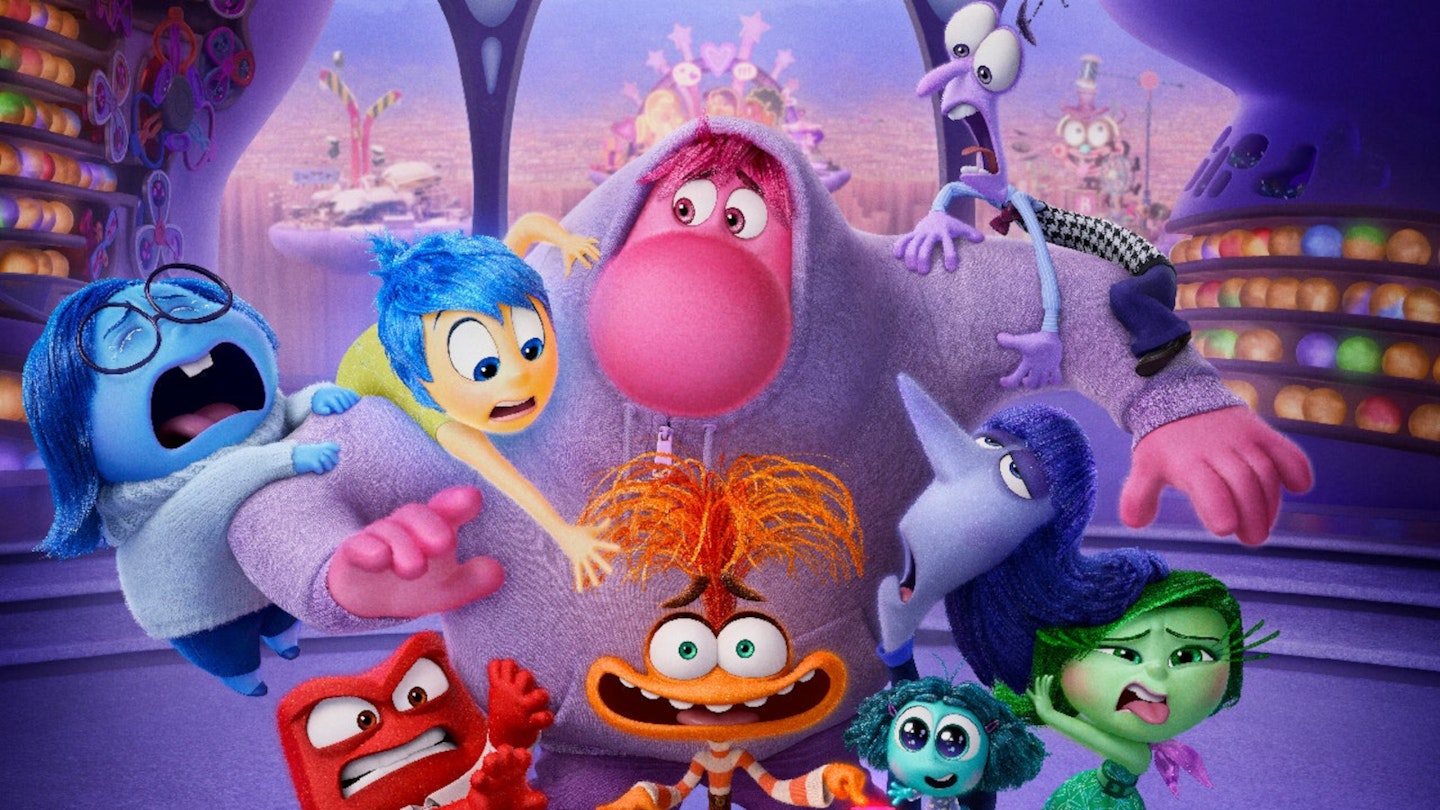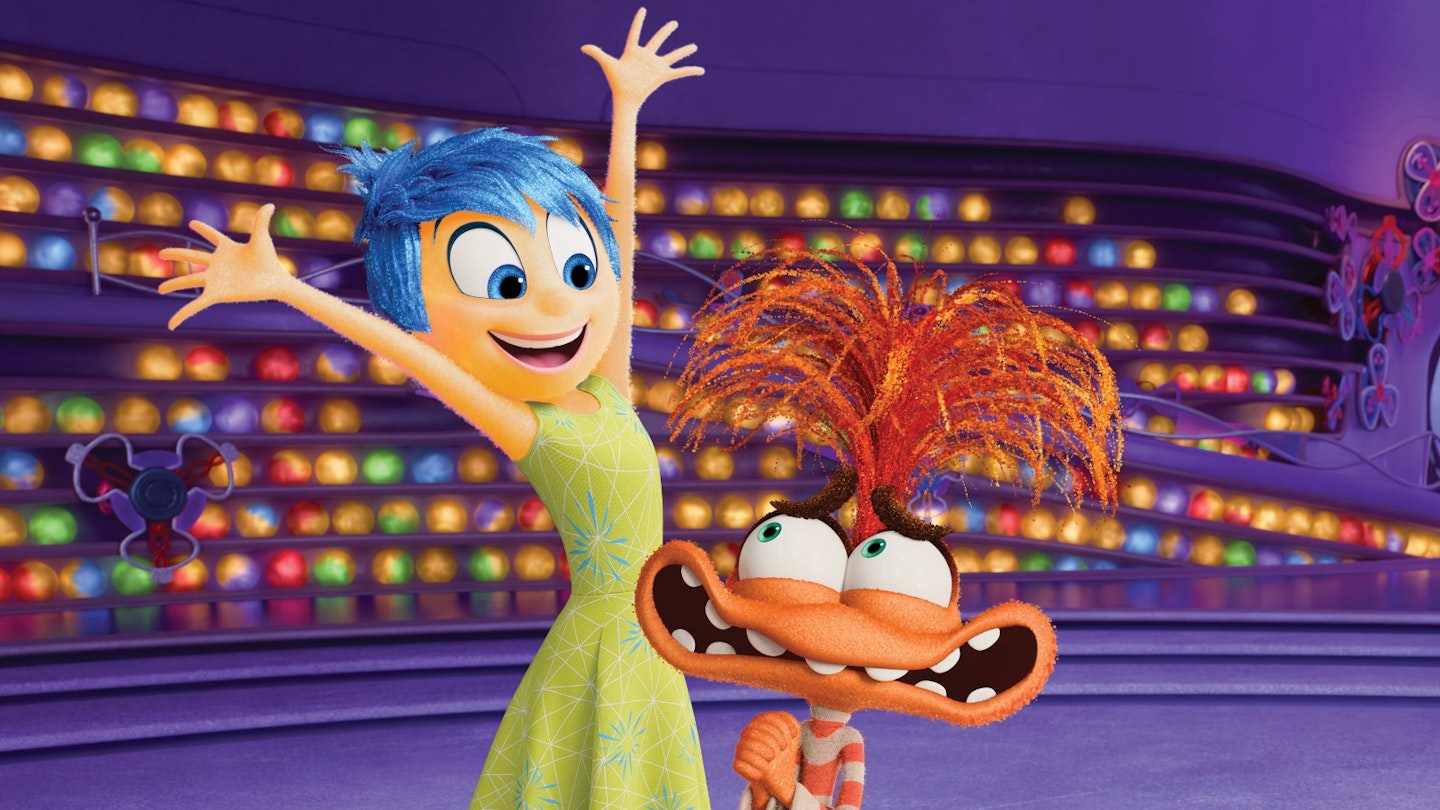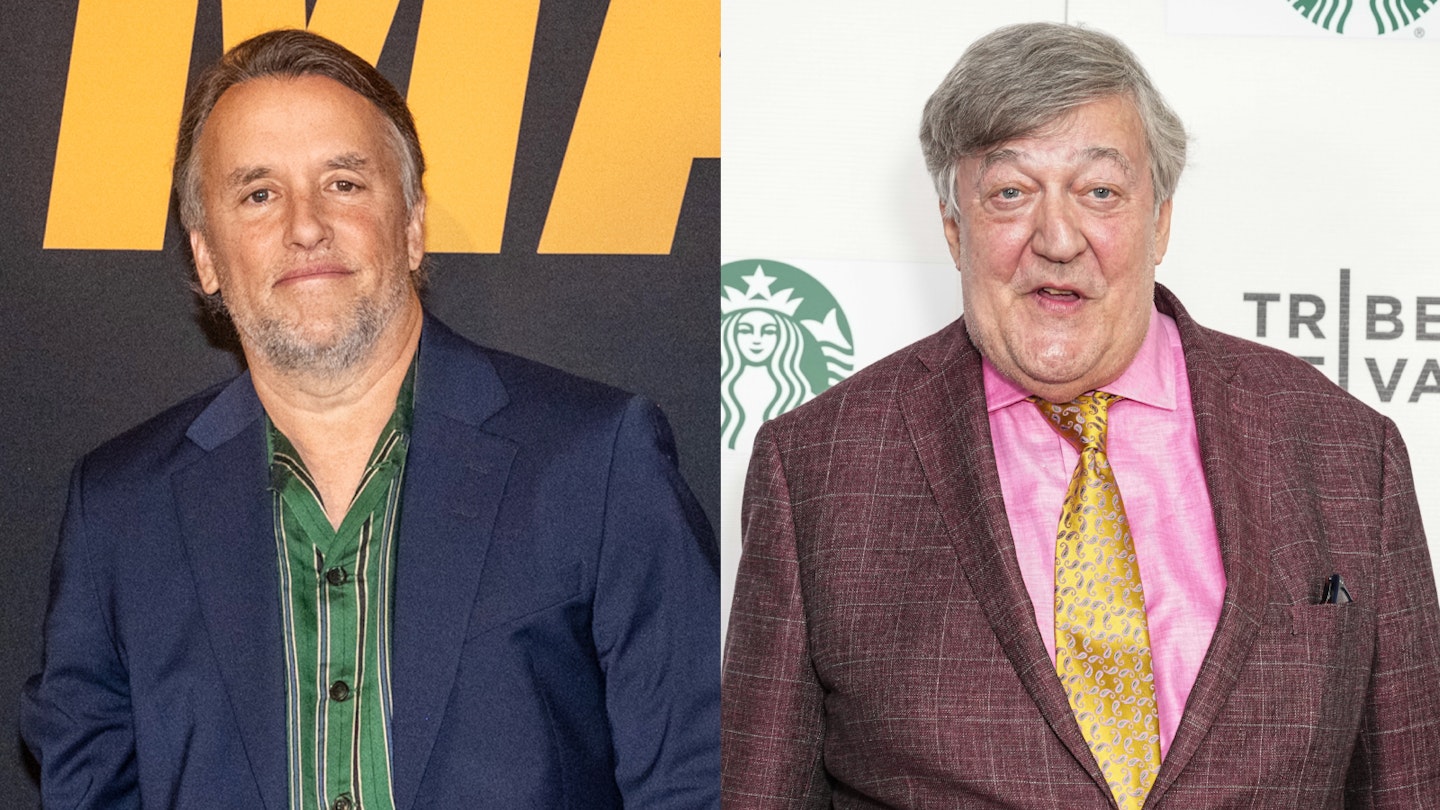Of all the Pixar films to follow up, Inside Out seems the most risky. While the ending of the first gave a clear signal of where the general plot could go, with a pre-teen Riley (now voiced by Kensington Tallman) on the edge of puberty, aka emotional Armageddon, you had to wonder what would be the point? The original so brilliantly, with the lightest of touches, dug into the foundations of the human brain that it seemed to leave any sequel with little to do but retread. Once you’ve flicked so far into Psychology 101 that you’re making gags about abstract thought, where else do you go?
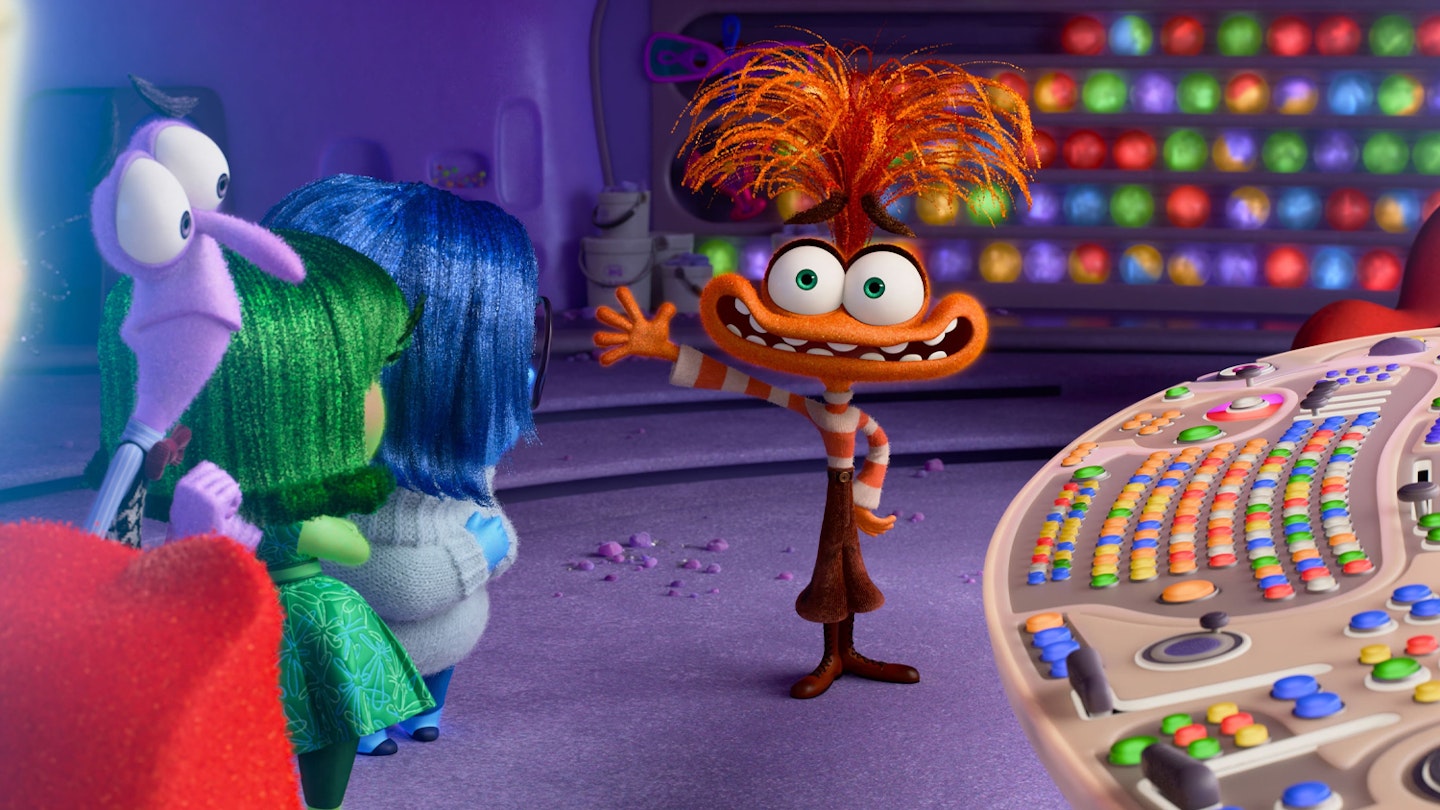
Inside Out 2’s answer is not to try to outsmart its predecessor but to continue and mature its emotional journey. That’s immediately evident in its choice to begin on the already laid narrative path, rather than reroute for the sake of originality.
Riley is now 13 and about to enter high school. Puberty has struck and brought with it new, more complicated emotions: Anxiety (Maya Hawke), Envy (Ayo Edebiri), Ennui (Adèle Exarchopoulos) and Embarrassment (Paul Walter Hauser). When Riley is faced with choosing between her old friends and a potential life with the cool crowd, her childhood emotions are cast into the wilderness as Anxiety leads her team in trying to shape a new Riley who’s armed for high-school life.
Anxiety is the heart of this more than worthy sequel.
If the story of Inside Out was about learning to accept all of our emotions, Inside Out 2 is about learning how and when to control them. It’s once more a pun-laden trip through Riley’s mind, as Joy (Amy Poehler) and friends traverse sar-chasms and get locked away with dark secrets (as funny, silly and ingenious a scene as anything in the original) in a quest to reach the back of her mind and rescue the true nature she’s suppressing. New director Kelsey Mann, working from a script by Inside Out writer Meg LeFauve and Dave Holstein, keeps it tonally of a piece with Pete Docter’s work, moving quickly through the jokes, trusting the audience’s intelligence, and never preening over his own cleverness.
If most of the new characters are a bit thin, they are used for some first-rate visual comedy, especially Embarrassment, ever desperate to hide despite his large size. Beautifully shaped, though, is Anxiety, a misguided not-quite-villain who worries herself into disaster. She, just as much as Joy, is the heart of this more than worthy sequel, about the bits of ourselves we can make better and the parts we just have to learn to accept.
